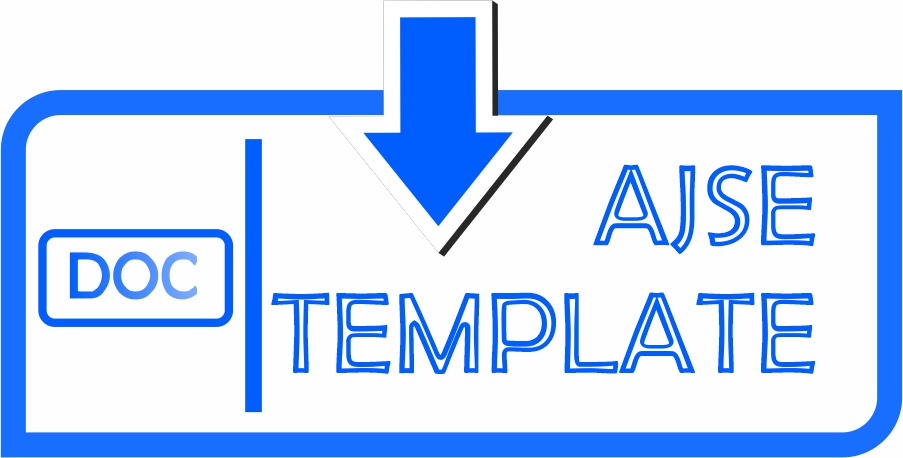PREDICTION OF WELL BEHAVIOR USING WELL DELIVERABILITY ANALYSIS
Dewi Asmorowati(1*), M. Waziz Wildan(2), Khasani -(3)
(1)
(2)
(3)
(*) Corresponding Author
Abstract
Keywords
References
Abdillah, Mu’thi, 2008, Evaluasi Penurunan Produksi Sumur di Lapangan Panas Bumi X, Program Studi Teknik Perminyakan Fakultas Teknik Pertambangan Dan Perminyakan, Institut Teknologi Bandung
Axelsson, Gudni, 2013, Geothermal Well Testing, Short Course V on Conceptual Modelling of Geothermal Systems, UNU-GTP and LaGeo, in Santa Tecla, El Salvador
Brown, G.O., 2002, Henry Darcy and the Making of Law, Department of Biosystems and Agricultural Engineering, Oklahoma State University.
Elmi, Daher, 2005, Analysis of Geothermal Well Test Data From The Asal Rift Area, Republic of Djibouti, Geothermal Training Programme, The United Nation University, Iceland.
Grant, Malcolm A.; Donaldson, Ian G.; Bixley, Paul F., 1982, Geothermal Reservoir Engineering, A Subsidiary of Harcourt Brace Javanovich Publisher, New York, London.
Gudjonsdottir, Maria; Eliasson, Jonas; Axelsson, Gudni; Palsson, Halldor and Saevarsdottir, Gudrun, 2012, Effect Of Flow Configuration On The Relative Permeabilities Of Water And Steam In Two Phase Flow In Geothermal Reservoirs, Proceedings, Thirty-Seventh Workshop on Geothermal Reservoir Engineering, Stanford University, Stanford, California
Khasani, 2002, Study on Well Deliverability Using Wellbore Model Coupled with Radial Flow in Reservoir, Department of Earth Resources Engineering, Graduate School of Engineering, Khyusu University.
Menzies, Anthony J., 1982, Flow Characteristics and Relative Permeability Functions for Two Phase Geothermal Reservoirs from a One Dimensional Thermodynamic Model, Department of Petroleum Engineering, Stanford University.
Orkiszewski, J., 1967, Predicting Two-Phase Pressure Drops in Vertical Pipe, Journal of Petroleum Technology.
Villaluz, Anson L., 2005, Relative Permeability of Fracture Rock, Stanford Geothermal Program, Stanford University.
Vivar, Jesus de LeOn, 1988, Deliverability Of Geothermal Reservoirs, The United Nations University, Geothermal Training Programme Reykjavik, Iceland Report 2.
Article Metrics
Refbacks
- There are currently no refbacks.
Copyright (c)
Universitas Gadjah Mada


